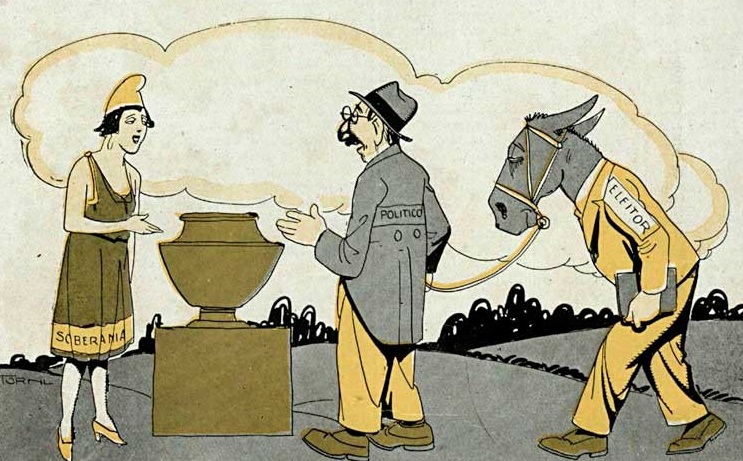Hostile Architecture: The Impact of Physical Barriers on the City
Urban architecture is often designed to be warm and inviting, offering open, accessible public spaces that encourage interaction and community. However, in some areas, especially dense urban centers, hostile architecture has become a worrying reality. This design approach aims to prevent unwanted occupation of public spaces, but its negative impact on the city, community and people is significant.
Hostility in Urban Architecture: A Problematic Approach
What is Hostile Architecture?
A architecture Hostile, also known as “hostile design” or “defensive architecture,” refers to urban design practices that seek to discourage or ward off certain undesirable behaviors, such as the presence of homeless people, street vendors, and congregating youth. These practices include installing physical barriers such as uncomfortable seats, railings, rough textures and anti-climb surfaces, as well as unfavorable lighting and inadequate landscaping.
The Possible Negative Impacts of Hostile Architecture
The implementation of physical barriers and the creation of unwelcoming spaces can have several negative impacts on cities and their inhabitants. In addition to making public spaces unpleasant and unsafe, hostile architecture contributes to social exclusion, harms people's mental and physical health and generates a less inclusive and vibrant urban environment.
The presence of physical barriers can lead to the marginalization of vulnerable groups, such as homeless people, teenagers and the elderly. These populations may be forced to find shelter in less safe locations or face difficulties accessing essential services such as public transport, banks and healthcare facilities. Hostile architecture promotes a more segregated city, harming diversity and harmonious coexistence.
The Role of Architecture in the Quality of Urban Life
Adequate urban architecture plays a fundamental role in the quality of life in cities. A city must be designed to embrace diversity, foster social integration and provide a sense of belonging to all its inhabitants. Exclusion through physical barriers contradicts this purpose and harms urban well-being.
Furthermore, hostile architecture can affect the mental and emotional health of people who face dehumanized and non-inclusive public spaces on a daily basis. The lack of green areas, inadequate lighting and the presence of physical barriers increase levels of stress, anxiety and loneliness. Urban environments must be designed to provide comfort, safety and joy, encouraging human interaction and connection.
Possible Solutions for Hostile Architecture
Reversing the use of hostile architecture requires a multifaceted approach that involves the participation of stakeholders, including architects, urban planners, local governments, community organizations and citizens. Some possible solutions include:
1. Inclusive Design: Promote inclusive design that takes into account all the needs of urban inhabitants, including people with reduced mobility, the elderly and children.
2. Community participation: Encourage community participation in the decision-making process related to urban design. This can ensure that spaces are designed in a way that meets the needs and desires of the community.
3. Education and awareness: Raise awareness among the population about the negative impacts of hostile architecture, highlighting the importance of accessible and welcoming public spaces.
4. Appropriate legislation: Encourage the implementation of legislation that prohibits hostile architecture and promotes inclusive and accessible design.
5. Rethink public spaces: Rethink the design of existing public spaces to make them more welcoming, inclusive and attractive for all city residents.
Conclusion
Hostile architecture represents a significant challenge to urban quality of life and social inclusion. The lack of welcoming and accessible public spaces has negative effects on the community, people's mental and physical health, and the city's vitality. It is essential to rethink and reverse hostile architecture, adopting inclusive solutions that respect diversity and promote urban coexistence.
References:
– Wikipedia – Hostile Architecture (in English)




